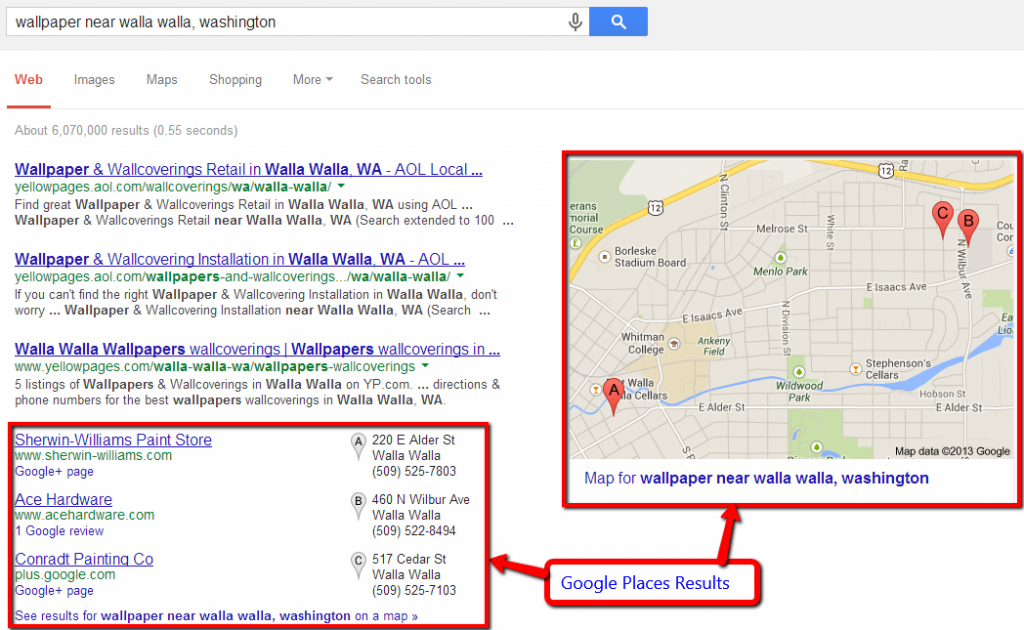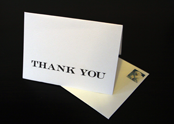It was almost buried in the speaker’s content. In fact, I wasn’t sure I had even heard it: what Shane Show, Chief Creative Officer for Contently, calls “The Biggest Business Skill of the Next Five Years.” Here’s what the speaker said,
“To explain the abstract, or complex, we need to use stories.”
 And it hit me. That’s what we do with business writing all the time – we try to explain the abstract, or complex! But how often do we think about using a story to do it? Oh sure, we talk about telling stories, using testimonials, and getting quotes for marketing, sales, and advertising materials. And it works! Of course, that is business writing too – but for “regular” business writing? “Regular” business writing, like memos, instructions, reports?
And it hit me. That’s what we do with business writing all the time – we try to explain the abstract, or complex! But how often do we think about using a story to do it? Oh sure, we talk about telling stories, using testimonials, and getting quotes for marketing, sales, and advertising materials. And it works! Of course, that is business writing too – but for “regular” business writing? “Regular” business writing, like memos, instructions, reports?
I don’t think so – or at least not very often, if at all. Hardly ever. But why not?
And where to begin?
Where to begin? Have you ever had this experience: You are thinking very intensely about something – It could be an on-the-job challenge, a new software program, or even a paint color for your house. As you are thinking about it, you run into thoughts, ideas and comments about that “something” just about everywhere? Well that happened to me this morning. I flipped on the radio for the news, just to hear the tail end of an interview on who-knows-what subject. And the sentence I heard just before the sign-off was, “A story begins where you think it does.”
This will likely be best accomplished by tying into your reader’s needs, problems, or interests. And that will be the point where he or she starts to “hear” your story. The sooner you get to that point, the sooner you’ll pick up your reader, or your listener.
There has been quite a bit written about using stories in oral presentations, and for sales and marketing pieces. These longer three-part stories (setup/conflict/resolution, with your product, service, candidate, cause as hero) are frequently far more sophisticated than using a simple story in an instruction, a memo, or some other “regular” piece of business writing. But they are similar, in that each has a job. Each has a specific purpose to fulfill; a specific job to do. It may be the greatest story in the world. It may be your favorite party gambit. But in the business situation, it won’t fly unless it strongly and obviously supports the point you want to drive home.
So, day-to-day, how might you use stories in your regular business writing? Stories can be used for team building, to improve morale, to make an instruction clear, to get “buy-in” for a policy or process change, to gain trust, to enhance credibility, to relate with a customer issue, to connect in a positive way with the variety of contacts you have daily – the list goes on. Stories create a “tone” that can establish, or reinforce a relationship.
Here are four more specific story tactics you can use for your “regular” business writing.
Politicians use stories of people who have benefitted from their ideas, processes, or policies to gain votes. Sometimes these folks will tell their own stories, but more often, the politician tells the story – carefully crafted, of course! – for them. So can you.
You can let the reader “tell his or her own story” by starting a sentence with, “Has this ever happened to you…” or, “Do you remember a time when…” and letting the reader fill in the blanks, which is also effective to bring your point home.
Provide informal testimonials, or anecdotes, demonstrating a problem that was solved by the new policy, or maybe a process change, or by the new product, equipment, or software.
Tell a story about another employee, or perhaps better yet, your “reader as hero.” For example, for an instruction setup, or trouble-shooting section, this could be as simple as “You’re (describe process) when (describe problem – what happens) so you (describe action to take) and (describe result of their action).
Gail Tycer offers business writing workshops and presentations, executive coaching, consulting, and writing services. To discuss how we can help, call Gail at 503/292-9681, Toll-free at 888-634-4875 or email gail@gailtycer.com

